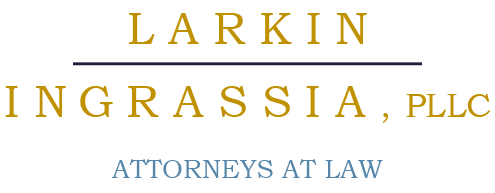Prior results do not guarantee a similar outcome.
Alcoholic beverages like wine and beer are getting stronger, according to a recent report, making it more difficult for people to gauge how much alcohol they consume while out at bars and restaurants.
According to the report released in October 2013 by the National Alcohol Beverage Control Association, bar and restaurant patrons often consume more alcohol than they realize due to increasing alcohol levels in many popular drinks. As a result, even people who drink conscientiously and limit themselves to one or two drinks may run the risk of being charged with driving while intoxicated.
Drinks often stronger, larger than “standard”
The United States Department of Agriculture defines one standard drink as any of the following:
- 12 ounces of beer (5 percent alcohol).
- Five ounces of wine (12 percent alcohol).
- 1.5 ounces of 80-proof spirits (40 percent alcohol).
Based on these standards, one drink of any kind theoretically contains 0.6 fluid ounces of alcohol. However, according to the NABCA report, the alcohol content of many drinks has been increasing – without a corresponding change in the USDA’s alcohol consumption guidelines. For example, many modern wines contain 14 or even 15 percent alcohol, rather than the 12 percent assumed by the USDA standard.
Not only are many drinks stronger than people often assume, but bars and restaurants frequently serve alcohol in larger portions than those defined by the USDA. For instance, while a five-ounce glass of wine is considered standard, the average glass of wine served in a bar or restaurant is actually six ounces, according to William Kerr, author of the NABCA report.
Alcohol variations make it difficult to estimate BAC
When paired with higher-than-expected alcohol contents, larger serving sizes mean that a single glass of wine can deliver about 50 percent more alcohol than the person drinking it may expect. This can be particularly problematic for people who are trying to monitor their alcohol consumption in order to avoid exceeding the legal limit for driving.
For example, many drivers assume that they can safely metabolize one or two drinks per hour, but this is not necessarily true. Not only can this and other rules of thumb be inherently problematic due to individual variations such as weight, gender and whether or not the person has eaten, but vast differences in the size and alcohol content of the drinks consumed mean that these estimates are highly unreliable.
Protecting yourself from DWI charges
The best way to avoid criminal charges for driving while intoxicated is always to avoid driving altogether after consuming alcohol in any amount. Although it may seem inconvenient to take a cab, choose a designated driver or sober up away from home, any of these alternatives is vastly preferable to being charged with driving while intoxicated.
In the event that you or a loved one is arrested for drunk driving, be sure to get help from a criminal defense lawyer with a background in DWI defense. An attorney with a long history of success in this area of the law can help you make sure your rights are protected and will advocate vigorously on your behalf to help give you the best possible chance of a favorable resolution to your case.
New data shows beverages are containing more alcohol, which is causing more people to consume more alcohol than they realize. This article is brought to you by Larkin Ingrassia, PLLC.


